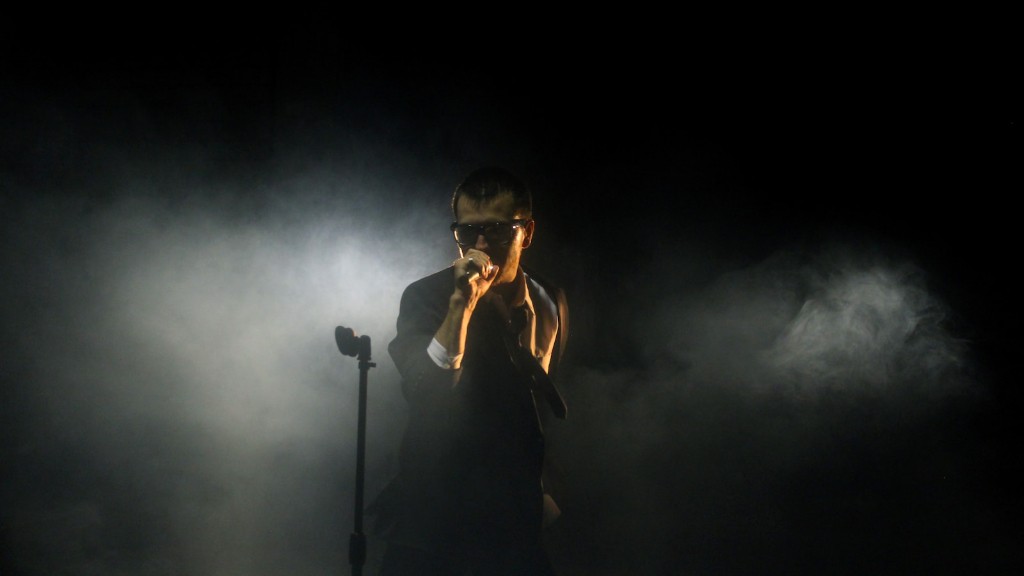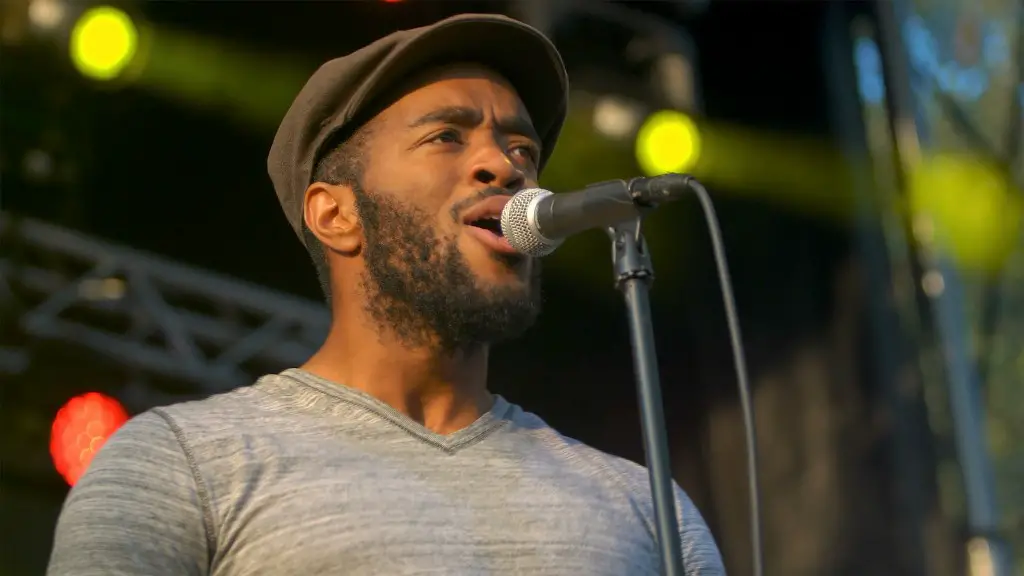How to Draw Human Body Step By Step
No matter what your artistic level, drawing the human body accurately is quite a challenge. Whether it’s in pencil, pastel, or watercolor, capturing the body’s curves, joints, and form can be daunting. But by breaking the process down and taking it step by step, anyone can learn to draw the human body. Here’s an easy guide to mastering the art of human figure drawing.
Step One: Getting Familiar
Before you get started, get comfortable with the layout of the human body, so you don’t get overwhelmed or have to keep googling body parts. Familiarize yourself with the generous curves of the chest, the precise angles of the elbows and knees, and the shapes of everything in between. Consider purchases like drawing classes or online drawing tutorials and anatomy books to get an idea of these shapes.
Step Two: Sketching the Outlines
To sketch the human body, start with the most basic of outlines. Start by drawing an egg shape for the torso, with rounded lines for the neck and head. Extend the torso with one line for each of the arms and legs, making sure to keep the proportions in mind. Make little tick marks to denote the hands and feet.
Step Three: Adding Body Parts
Once you have the basic lines, add more detail by layering simple shapes. To draw the torso, draw two circles to denote the shoulder joints and two more circles just below them. Re-draw the arms and legs and add circles to them for each joint. Lastly, lightly sketch in the more detailed features of the body like the abs and ears, eyes, and nose.
Step Four: Fleshing Out the Body
To give your drawing a realistic look, you’ll need to add some muscle definition and light and shadow. To do this, lightly sketch the curves of the muscles in the arms and legs and add shading to the torso and joints to show the intersections of the body. You can use cross-hatching or simple scholor dots for a subtle effect.
Step Five: Finishing Touches
Once you have the basic shape and shading down, it’s time to add the final touches. For a more realistic look, you’ll want to look at how to anatomical structure of the human body and make the curves and joints more accurate. You might also want to consider adding clothing to your drawing to give it a finished look.
Step Six: Refining and Perfecting
With the basics down and all the parts looking exactly as they should, it’s time to take a step back and make sure your drawing looks perfect. Zoom out and review the proportions of your figure, add clothing or details that you might have missed, and tweak the curves and shadows until you’re satisfied with the results.
Step Seven: Final Touches
Once you’ve made all your corrections, give the drawing one final review to make sure it looks just right. Add any smaller details like folds in the clothing or facial expressions, and make any adjustments to the shading where you need to. Then the piece is ready to be framed and displayed!
Step Eight: Practice, Practice, Practice!
Drawing the human body isn’t easy, and it can take some practice and lots of patience to get it just right. Start by practicing the steps outlined in this guide and using reference materials to help you see the anatomy of the human body from every angle. As you practice and become more familiar, you’ll be able to draw the human form with greater accuracy.
Step Nine: Completing the Final Result
Once you’ve practiced and perfected the steps for drawing the human body, you can finally let your creativity soar! You can draw in detailed textures and play with light and shadow effects, letting you render the human body with photo-realistic precision. With a bit of practice and patience, you’ll be able to create beautiful drawings that capture the form of the human body in all its glory!

